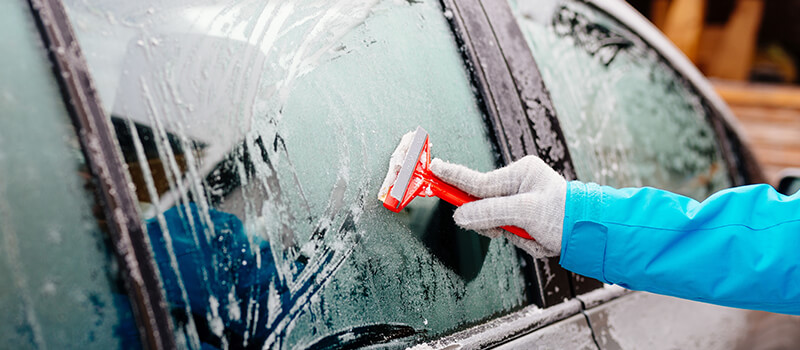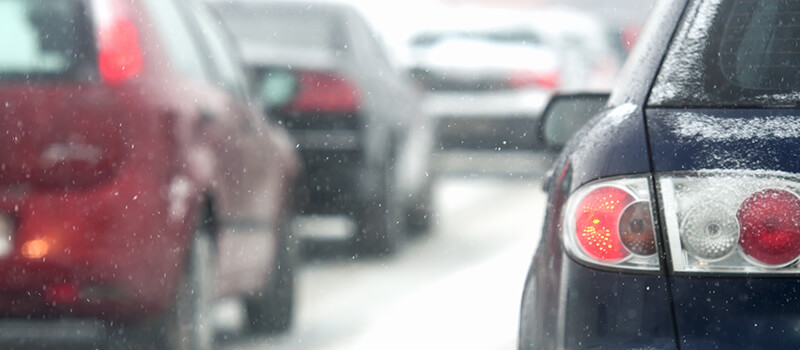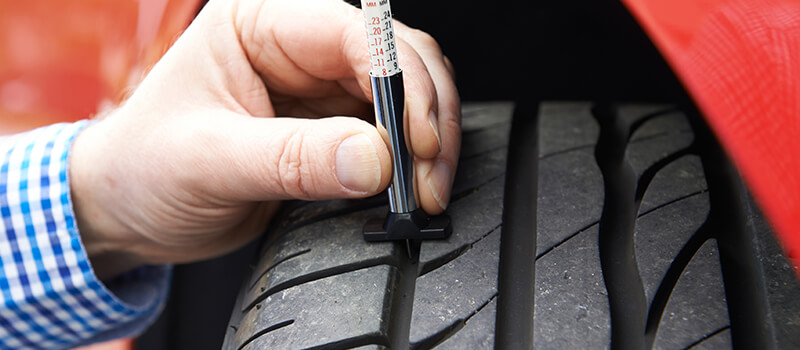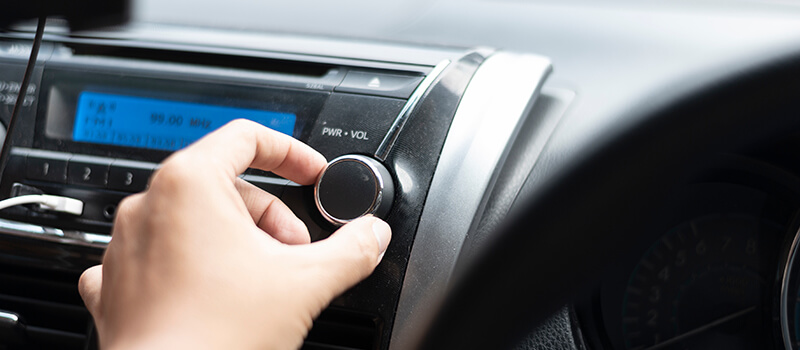Although it is only on the rare occasion that we experience heavy snow here in the UK, it’s not uncommon to wake up to frosty cars and icy road or look out the window to see heavy rain. Driving, as we all know, can be incredibly dangerous all year round, but the likelihood of an accident or collision is dramatically increased in colder weather.
If you’ve recently passed and are a little worried about facing harsher weather conditions, taking the time to read our winter driving safety tips will definitely be worth the while.
Handy Winter Driving Safety Tips
When driving on a road surface covered with a layer of ice or heavy rainfall, your tyres lose grip which means that it isn’t hard to slip or skid. While this shouldn’t put you off driving, it is vital only to drive when you feel comfortable, confident and safe. Do not force yourself to drive if you feel in danger and believe that you would not be able to remain in control of your vehicle. In many cases, harsher weather conditions such as heavy rain and frosty mornings, are perfectly safe to drive in; you will just need to take it slow and take extra care. It only tends to be heavy snow and dangerously icy roads that should make you second guess taking a trip.
Take a look at the following tips to help to stay safe and tackle driving in Winter weather conditions.
Always Clear Your Car
Although it may seem like a tedious extra hassle in the morning, you must always make sure that your car is completely clear from ice, snow and rainfall. Visibility is vital all year round, but even more so when the days are darker, fog is more common, and snow or rain is restricted your view.
When clearing your car of ice or snow, do not think that as long as your windscreen and other windows are clear, that you are done. Always make sure that you have also cleared any excess ice from the roof of your car, your bonnet and your headlights, so you are easily visible to all other road users. Failing to clear, particularly snow, from your roof runs the risk of it all falling onto your windscreen while driving and causing multiple blind spots. As soon as you build up speed on, for example, a 70 zone, all of the ice and snow will also fly back onto the vehicle of the driver behind you, again potentially blocking their view of the road ahead.
The most common visibility problem that you will face in the colder months is your windscreen steaming up. Many drivers lose patience with waiting for steam to disappear and continue to drive, which is a major no-no. To clear your windscreen quickly, ensure that your heater is on full, but on a colder temperature rather than hot. If your car is fitted with air con, great, make sure that this is turned on, but if you don’t, not to worry, open the windows slightly too. For a full guide, with diagrams on how to de-mist your windscreen quickly, take a look at this handy RAC article.

Never Tailgate
Tailgating is a chargeable offence no matter what, but becomes increasingly dangerous when road surfaces are slippery and stopping distances are doubled. Even when there is heavy snow and cars are going very slowly, you must still keep your distance.
On a dry day, there is a two-second rule which relates to the following distance you must be behind the driver in front of you. Anything less than this shortens your thinking and reaction time in the event of an emergency stop. In wet or icy conditions, you must double this rule to four seconds, which may look like a huge gap, but you will be thankful for it.
If the driver in front of you were to brake suddenly, you would have time to react and slowly start to brake. Heaving braking in icy conditions will most likely result in skidding.
Teaching hundreds of pupils each year to drive means that we experience our fair share of tailgaters, who have no patience with learners and decide to try to intimidate them driving incredibly close behind. In fact, a few of our driving instructors in Oxford have ended up having a collision in heavy rain due to a tailgater.

Check Tyre Tread Depth
It always worth doing a once over on your car every few months to stop any potential problems from arising in the future. However, this quick job becomes even more important in the colder months when visibility is decreased, and road conditions become more dangerous.
A layer of ice or rainfall on the road make it increasingly hard for your tyres to grip to the surface, which is why we hear of many drivers spinning out or skidding across roundabouts. One of the biggest culprits for causing skidding is balding tyres. Balding occurs on tyres over time, the more you drive, the more the thread starts to wear down. The more your tread decreases, the fewer grooves there are to grip onto the road surface. Always check your tyre tread depth at the start of Winter; the minimum tyre tread depth is 1.6mm, any lowers means that you want to consider replacing your tyres.
Driving Test Success has an incredibly useful article on how to check your tyre tread, along with some shocking facts that will make you rush to check yours!

Keep Up With Road Updates
Along with colder, harsher weather conditions comes an increase in the amount of traffic and number of road closures. According to Insure The Box, the number of car accidents increases by 20% in the Winter months, which along with other weather-related problems such as fallen trees, flooding, landslides and severe ice, causing considerably more road closures.
If you can see that the weather is becoming worse before a long journey, spend some time looking online or listening to the radio for road updates. Knowing the exact roads that are closed along with diversions and researching alternative routes just in case will lower the risk of getting stuck in a long chain of traffic.
Alternatively, if you are mid-journey and snow starts to fall, it is worth switching on the radio to the local news channel for road updates. Heart and Capital FM both provide regular road updates.

Pack The Essentials
You may seem super organised, but investing in all of the essentials required in the event of a breakdown, and keeping them in your vehicle at all times is more beneficial than you think.
Even in the warmer months, breaking down is every driver’s worse nightmare, but even more so in freezing temperatures, especially if you are far from home. As the colder months approach, investing into essentials is vital, these include:
- First aid kit
- Snow shovel
- Thermal blankets
- Reflective warning triangle
- Torch
- Portable Mobile Phone Holder
Stay Safe This Winter!
Following these top tips will help you along with other road users to remain safe this Winter. Through regular car maintenance, planning ahead and packing the correct essentials, we can guarantee that your car be will ready to take on harsher weather conditions!
